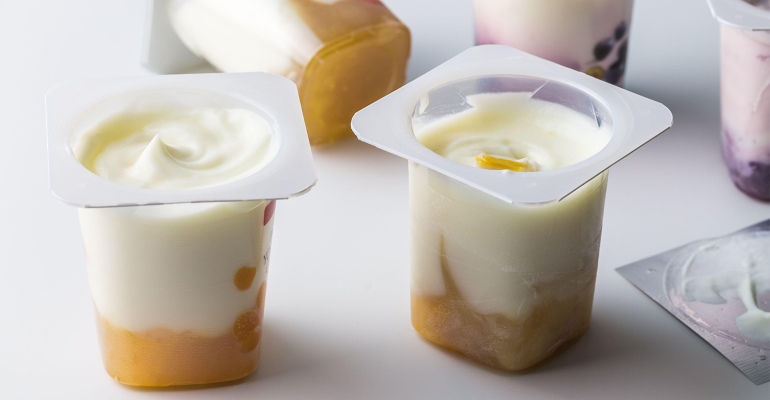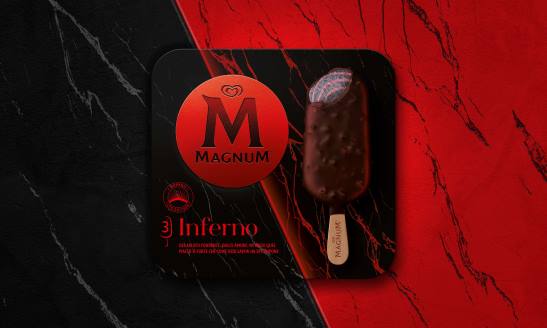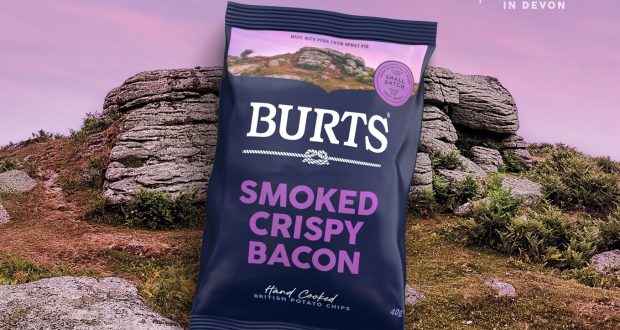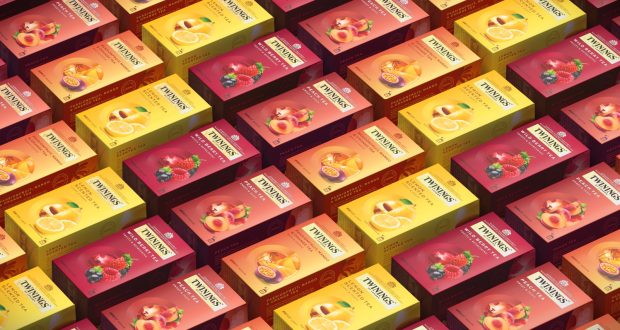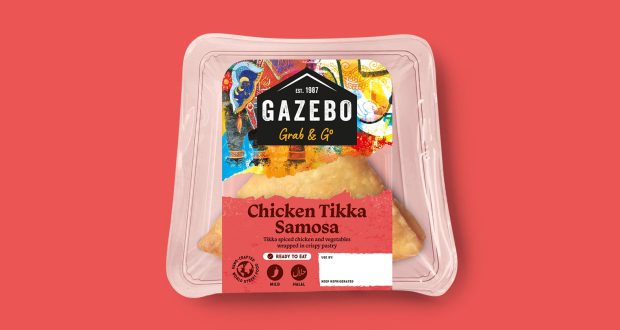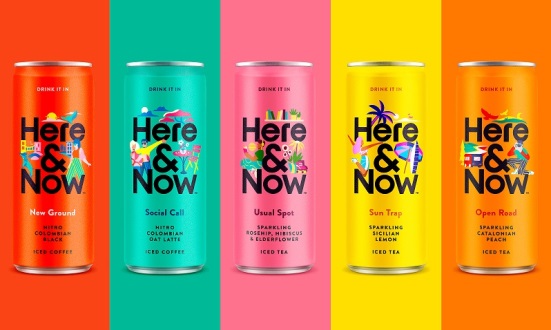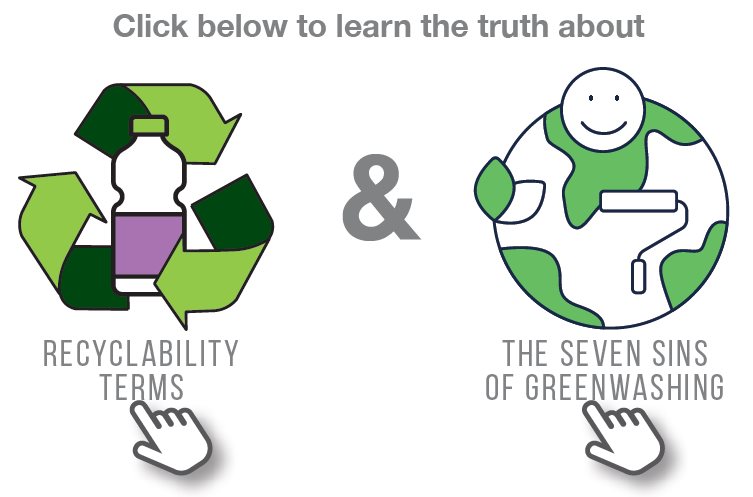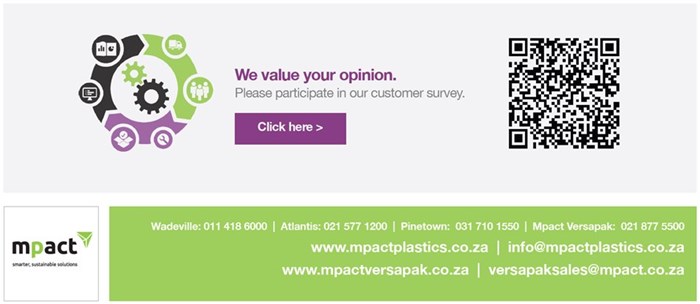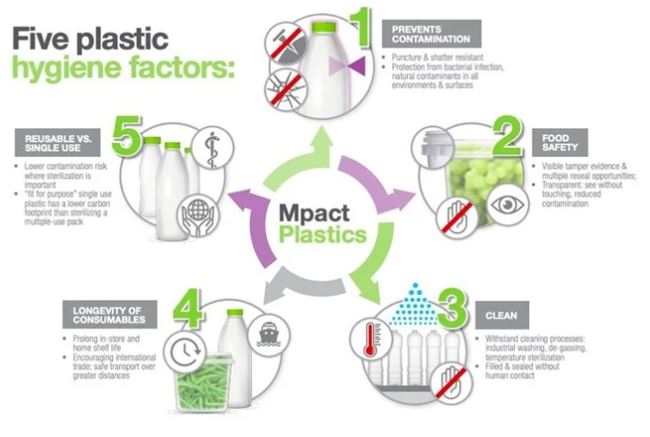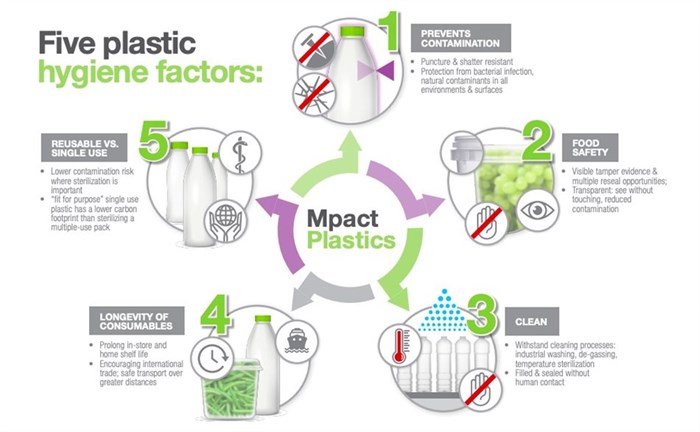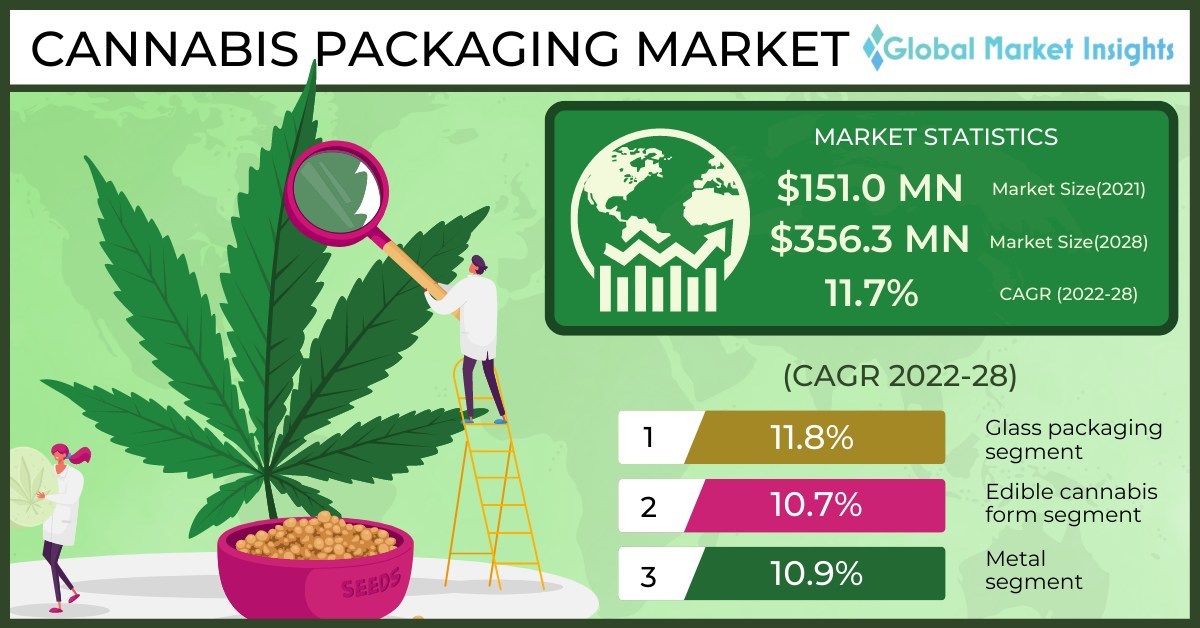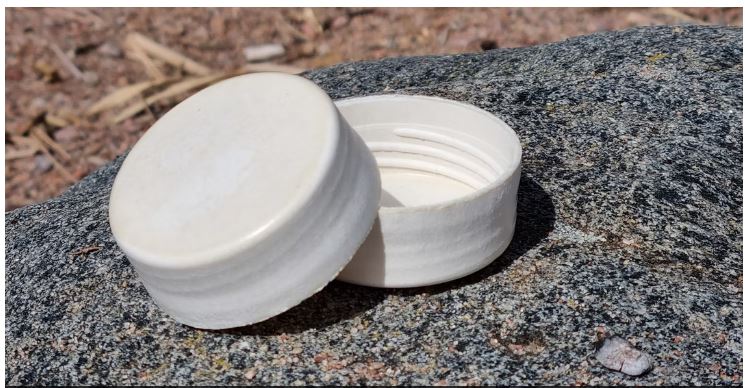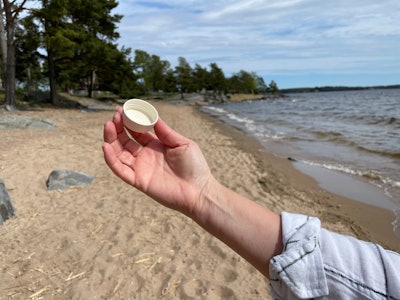Ineos Styrolution America’s sustainability commercial manager, Cassie Bradley, shares the benefits of PS and its future in the circular economy.
Worth $31.6 billion in 2021, the Global Polystyrene Market is projected to reach $44.8 billion by the year 2028, growing at a CAGR of 5.2% over the analysis period of 2022-2028, according to a market study from BlueWeave Consulting.
That’s a whole lot of PS including high-impact polystyrene (HIPS) and expanded PS (EPS).https://6a0425e62a627939386e05be09a476af.safeframe.googlesyndication.com/safeframe/1-0-38/html/container.html
Although PS containers and packaging are recyclable, recycling rates are not where they should be. According to the EPA’s Advancing Sustainable Materials Management: 2018 Tables and Figures (Table 8, pages 10 and 11), 3.6% of PS containers and packaging are recycled. That figure drops to 0.9% when all municipal solid waste is considered.
What can be done to push that percentage up?
That’s where Ineos Styrolution comes into the picture. Cassie Bradley, INEOS Styrolution America’s sustainability commercial manager, explains the company’s strive toward an optimistic future for PS in the circular economy.
The Germany-based company is one of the world’s top two suppliers of styrenics, a precursor to PS. The global company operates 20 production sites in ten countries. Markets include automotive, electronics, household, construction, healthcare, and packaging.
The parent company, Ineos, committed to achieving five ambitious sustainability targets for 2025 that include using an average 30% of recycled content in products destined for PS packaging in Europe and ensuring that 100% of its polymer products can be recycled.
To make that happen Ineos is investing in PS depolymerization plants, collaborating on other advanced recycling schemes, and integrating renewable feedstock in its products.
With that in mind, Cassie Bradley, sustainability commercial manager, Ineos Styrolution, explains why PS is a viable food packaging option in today’s environment in this exclusive Q&A interview.
PS has drawn unwanted attention as a target in the anti-plastics movement including outright bans in some locations. Why is that?
Bradley: Single-use food packaging is an increasingly heated topic, with much of the info reaching the public centered on the undeserved vilification of PS materials. Without accurate facts, solutions are being proposed to implement PS bans which favor unrealistic, one-size-fits-all approaches and promote the use of ineffective alternatives that often have a larger environmental footprint than polystyrene.
The realistic solution? Use innovation to create progress within our country’s outdated recycling infrastructure and utilize recycling technologies to keep polystyrene in a circular economy, so that our modern society can continue benefiting from this valuable material while engaging the public on proper plastic waste disposal.

Why does PS remain a good choice for food packaging in 2022?
Bradley: Polystyrene’s lightweight properties enable the material to provide the best insulation and preservation for food and beverage uses, helping to combat another critical issue: food waste.
Its strength and barrier properties allow PS to be used in a single layer for food packaging, requiring less material overall while eliminating the need for multiple mixed material layers — which prevents certain products from being adequately separated during the recycling process.
PS is a sustainable, safe, and hygienic material that’s designed for recycling. In fact, its very nature allows it to be broken back down into the original monomer again during the advanced recycling process. This process enables the material to be reused numerous times in pristine, food-grade applications — a key differentiator.
You might ask, “but what about alternative materials?” These often have a limited lifecycle and, in most cases, leave an even worse environmental footprint. Not to mention they can come with a hefty price tag that drives up costs for businesses and, as a result, consumers.
Why are you optimistic about recycling of PS?
Bradley: Scientists and engineers have been using PS for more than 90 years to aid modern advancements across industries, including creating sustainable materials for food packaging. It’s one of the most easily recyclable plastics — it can be recycled using both mechanical and advanced recycling technologies and it remains key to outlining an achievable path to the circular economy for plastics thanks to its many inherently sustainable properties.
The food industry relies on safe, sterile materials to ensure food is safe for customers and consumers, which is why advanced recycling solutions hold such high potential for this industry. For example, by utilizing advanced recycling technology, post-consumer PS waste can be repurposed again and again with the same high purity, and performance of virgin material.
It’s a truly circular solution!
What’s needed to increase PS circularity?
Bradley: Food packaging must fulfill functional requirements and leave a minimal impact on the environment. Modern material advancements have allowed for more sustainable food-grade packaging using PS without any change to the high-performing properties unique to styrenics.
Continued collaboration between industry, businesses, waste sorters, recyclers, and technology providers, is imperative for ensuring business leaders and consumers have a better understanding of the benefits of PS within a circular economy and the importance of investment in modern recycling infrastructure and recycled material.
source:

